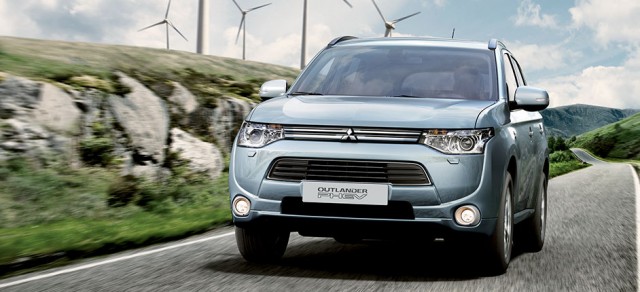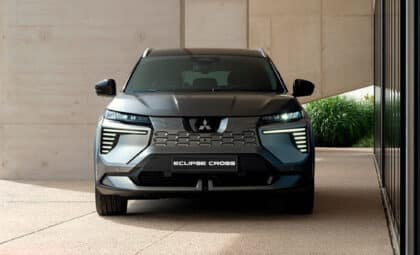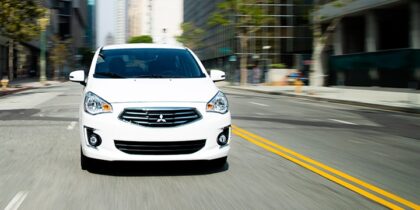As En Vogue once famously sang: “No, you’re never gonna get it/never, never gonna get it.”
Chinese Democracy. Duke Nukem Forever. The Watchmen film. At this point, it’s probably safe to say that the Mitsubishi Outlander PHEV can join the pantheon of things that spent a ridiculous amount of time in development hell.
Whether it will be able to join those three examples in the pantheon of “things that finally emerged from development hell and disappointed everybody” or if it will sidle up alongside Team Fortress 2 and Iron Man as examples of “things that were well worth the wait” will largely depend on when (or if) the batteries start cooperating.
Related: Outlander PHEV Earns Top Safety Rating in Japan

Battery degradation would not only create potentially harmful emissions, but it would also likely reduce the effectiveness of the vehicle.
“If a plug-in hybrid battery pack loses usable capacity, then the driver will get fewer electric miles per charge,” Tom Saxton, chief science officer at Plug In America, told AutoBlog. “For drives that exceed the reduced electric-range of the vehicle, more emissions will result. That same is true of a conventional (non plug-in) hybrid.”
Related: Mitsubishi Motors Sees Record Profits for Fiscal Year

With any luck, the Mitsubishi Outlander PHEV will arrive in America well before Ghostbusters III hits theaters in 4D, Detox hits FacebookGoogleTunes, and Half-Life 3 is available for XboxTwo, PS5, and Steamtendo in the year 20XX.
Gallery: Mitsubishi Outlander PHEV (because it’s not like you’ll be seeing one stateside any time soon)




The News Wheel is a digital auto magazine providing readers with a fresh perspective on the latest car news. We’re located in the heart of America (Dayton, Ohio) and our goal is to deliver an entertaining and informative perspective on what’s trending in the automotive world. See more articles from The News Wheel.








